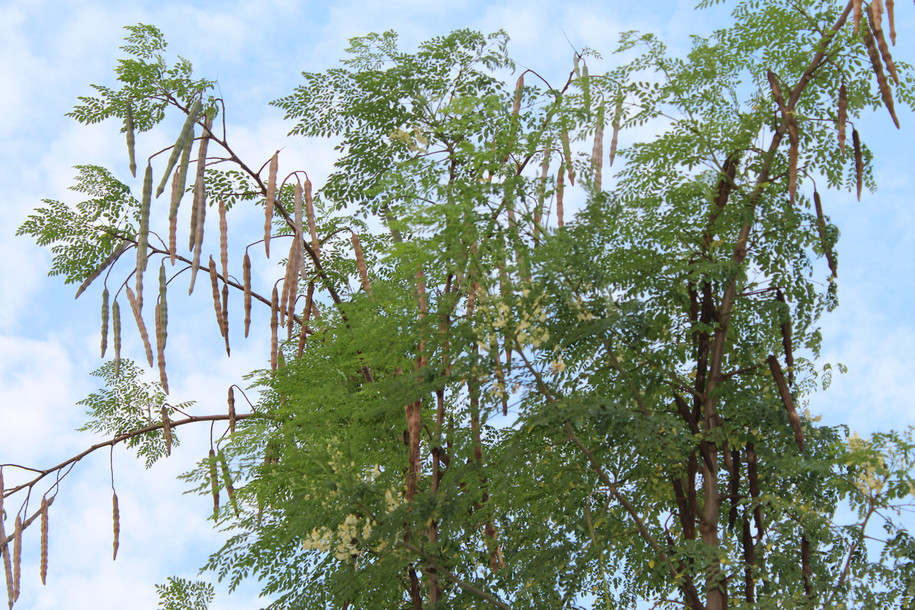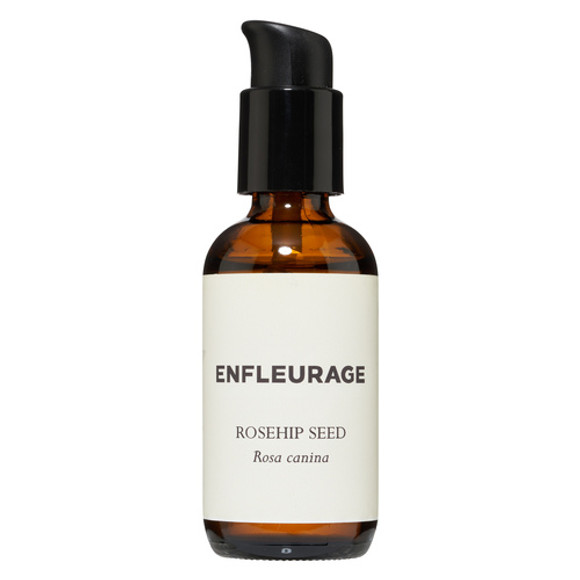Moringa peregrina. Oman
Moringaceae family
Pressed from organically grown plant material in Oman
Moringa is a fabulous tree, native to the Himalaya foothill region, and various species are grown all over the world now. The name originates from the Tamil word for "drumstick." Every part of this tree can be eaten or used as medicine with many therapeutic benefits. The leaves, pods, flowers and seeds are all edible. The seeds, a by-product of oil pressing, are high in protein and can be used as an organic fertilizer and animal feed.
Moringa contains high levels of protein, anti-oxidents, vitamins and minerals.
This is a different oil than the more usual Moringa olifera. Moringa peregrina is native to the Arabian Peninsula.
Read about the health benefits here
Therapeutics
Cholesterol management
Diabetes
Wound Healing
Anti-inflammatory
Anti-oxident
can assist in more, and more restful, sleep
The oil can be used for cooking, with very high high nutritional value, or just drizzle it onto a salad.
In fact, according to the NIH, the following is cited, link here to the full article
Moringa is a sole genus of Moringaceae family with 13 species distributed in the tropical and sub-tropical regions. Among them, Moringa peregrina is one of the species which has wide range of traditional, nutritional, industrial, and medicinal values. The plant parts are used in folk medicine for many human health care purposes including diabetes, wound healing, disinfectant, fever, constipation, muscle pains, slimness, burns, labor pain, hypertension, malaria, stomach disorder, asthma, skin problems, and to expel a retained placenta. In addition to medicinal value, M. peregrina has cultural, spiritual, and religious connections with the native people of Arabian Peninsula. M. peregrina plant parts were tested for many pharmacological activities viz, antioxidant, anti-microbial, anti-diabetic, anti-spasmodic, hypertension, hepatotoxicity, lipid lowering activity, anti-inflammatory, anti-cancer, and memory disorders. Few active molecules belong to the class isothiocyanate, flavonoid, triterpenoid, phytosterol, polyphenol, and glycoside were also isolated, identified and reported for anti-microbial, anti-oxidant, anthelmintic, anti-mutagenic, neuroprotective, anti-cancer, anti-hypertensive, anti- diabetic, anti-infective, anti-allergic, anti-inflammatory, herbicidal, lipid lowering potential, anti-trypanosomal, and cytotoxic activities. So, the aim of the present review is to provide comprehensive information from recognized sources on the traditional uses, pharmacological efficacy and phytochemistry of the desert medicinal plant, M. peregrina. The information provided in this review will be very useful for further studies to develop novel therapeutic drugs.
Skin care
Moringa is highly emollient, high in oleic acid. It seals in moisture, and helps hydrate skin
eczema, psoriasis, acne
Great for hair
You can use moringa alone or blended with other oils
While we can make no medical claims for this, or any other oil, there is a lot of generally available information regarding the therapeutics of Moringa in all its forms.
This product is Generally Recognized as Safe, there is always a chance of an allergic or skin reaction. It's always a good idea to patch-test before using, especially of such a reaction is suspected.
Comes in 2 oz/60 ml glass pump bottle
2.12.0.0
2.12.0.0


















